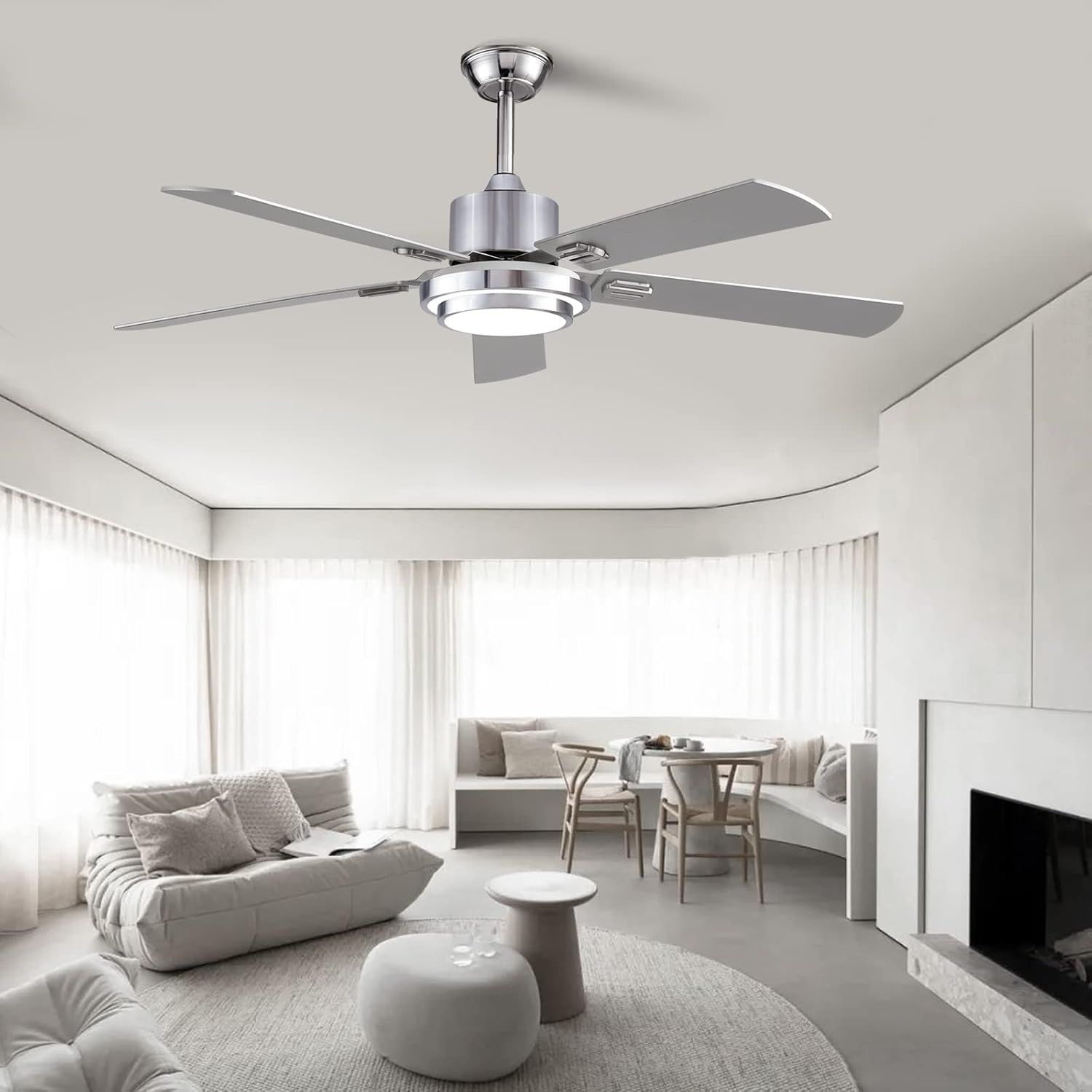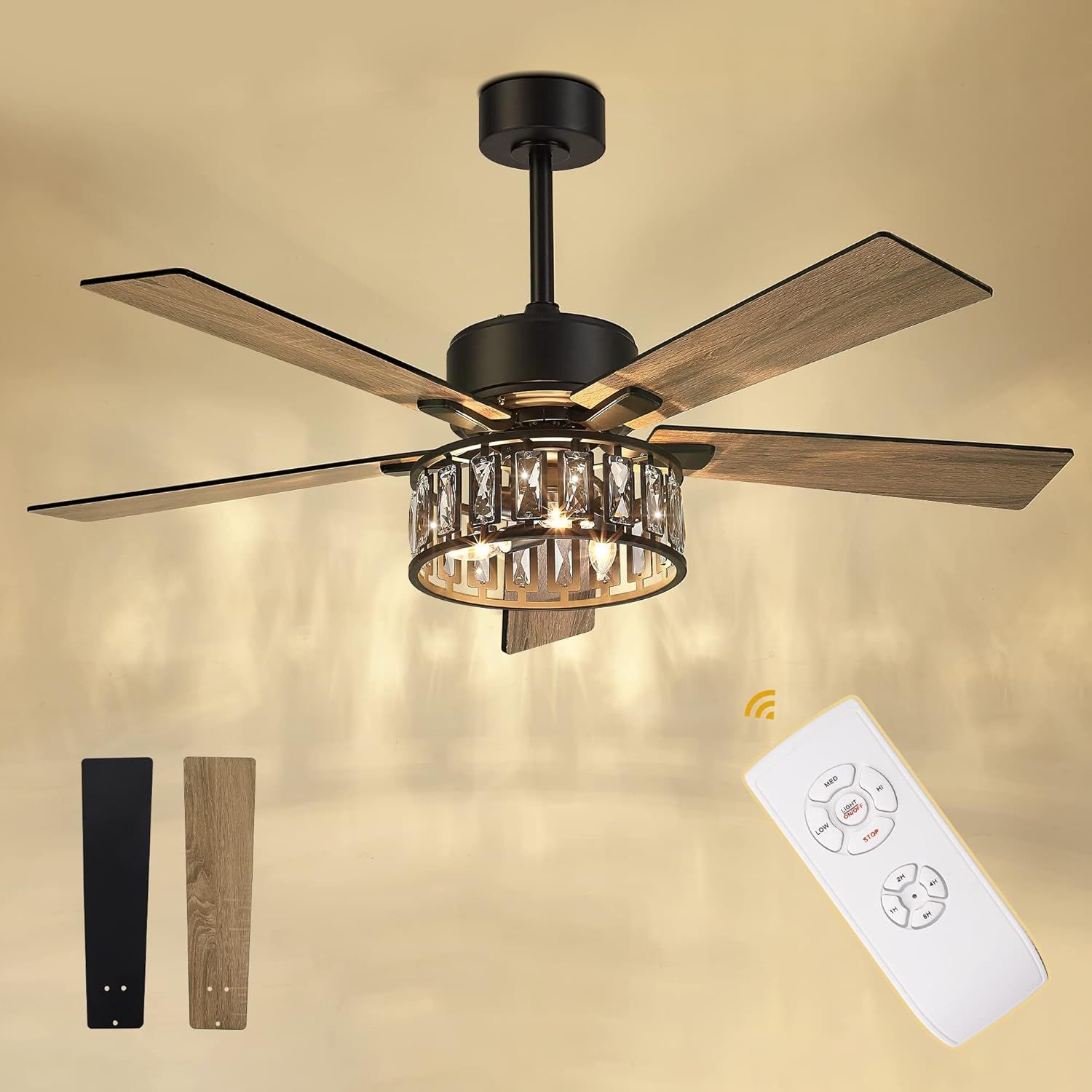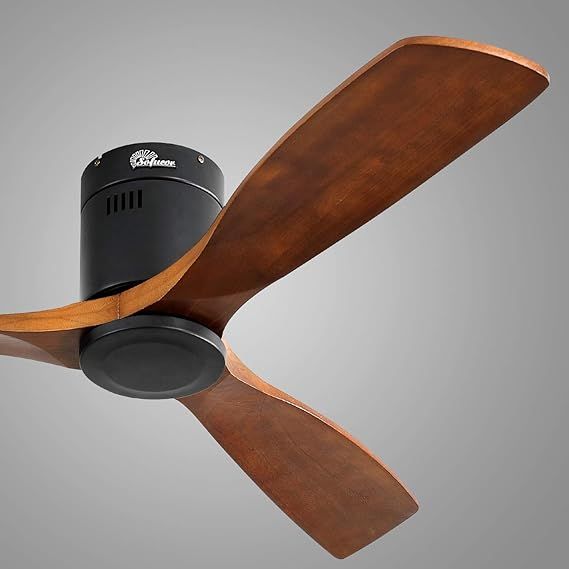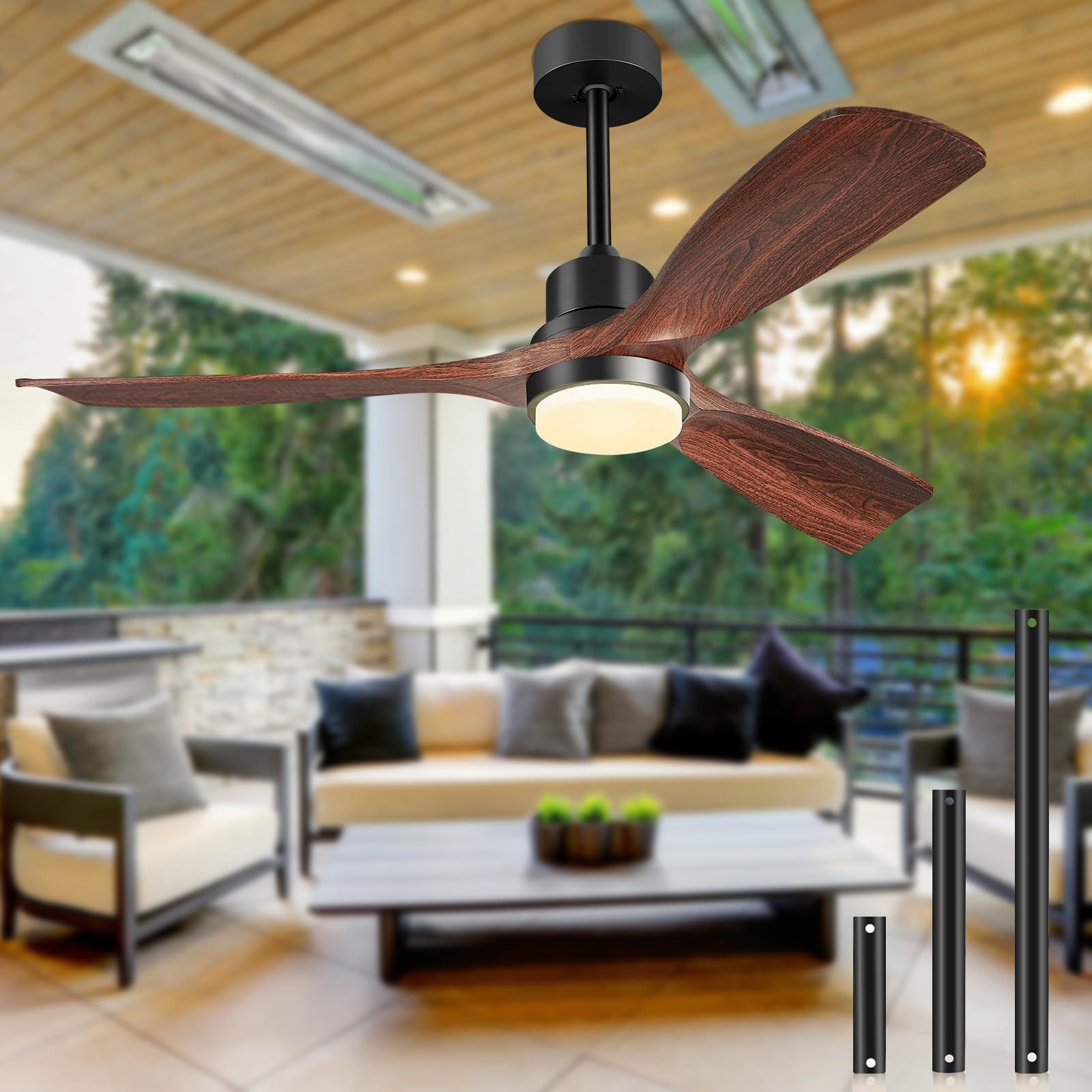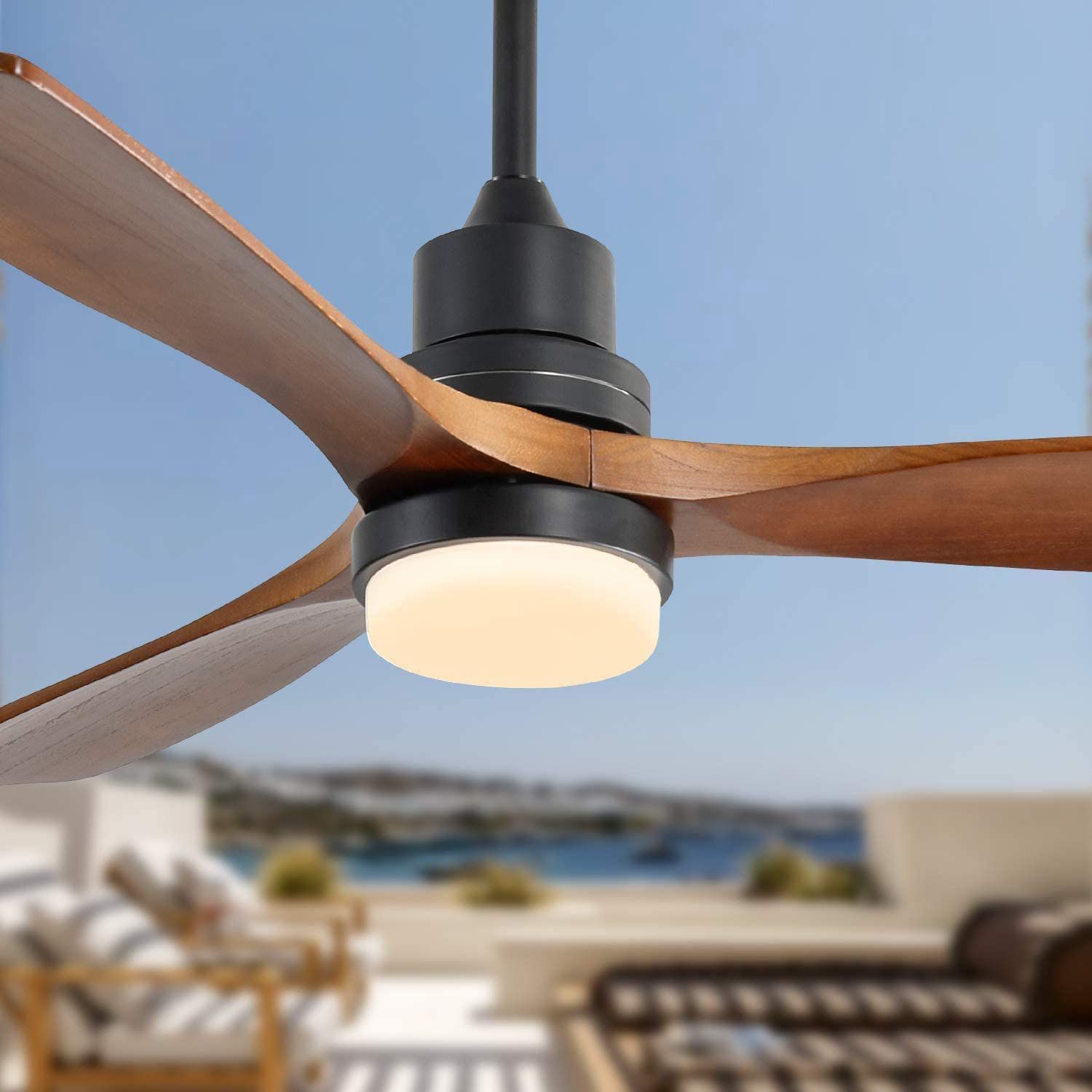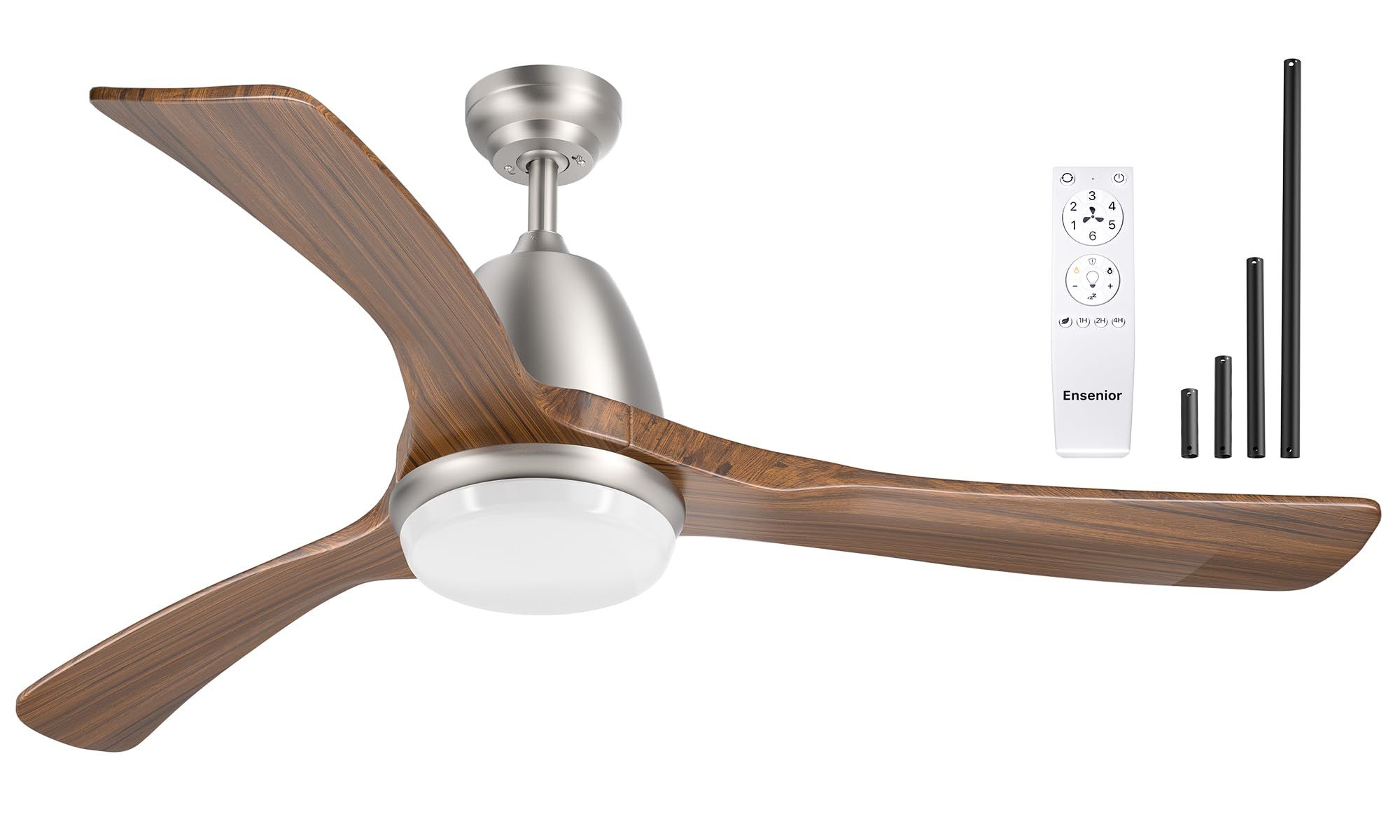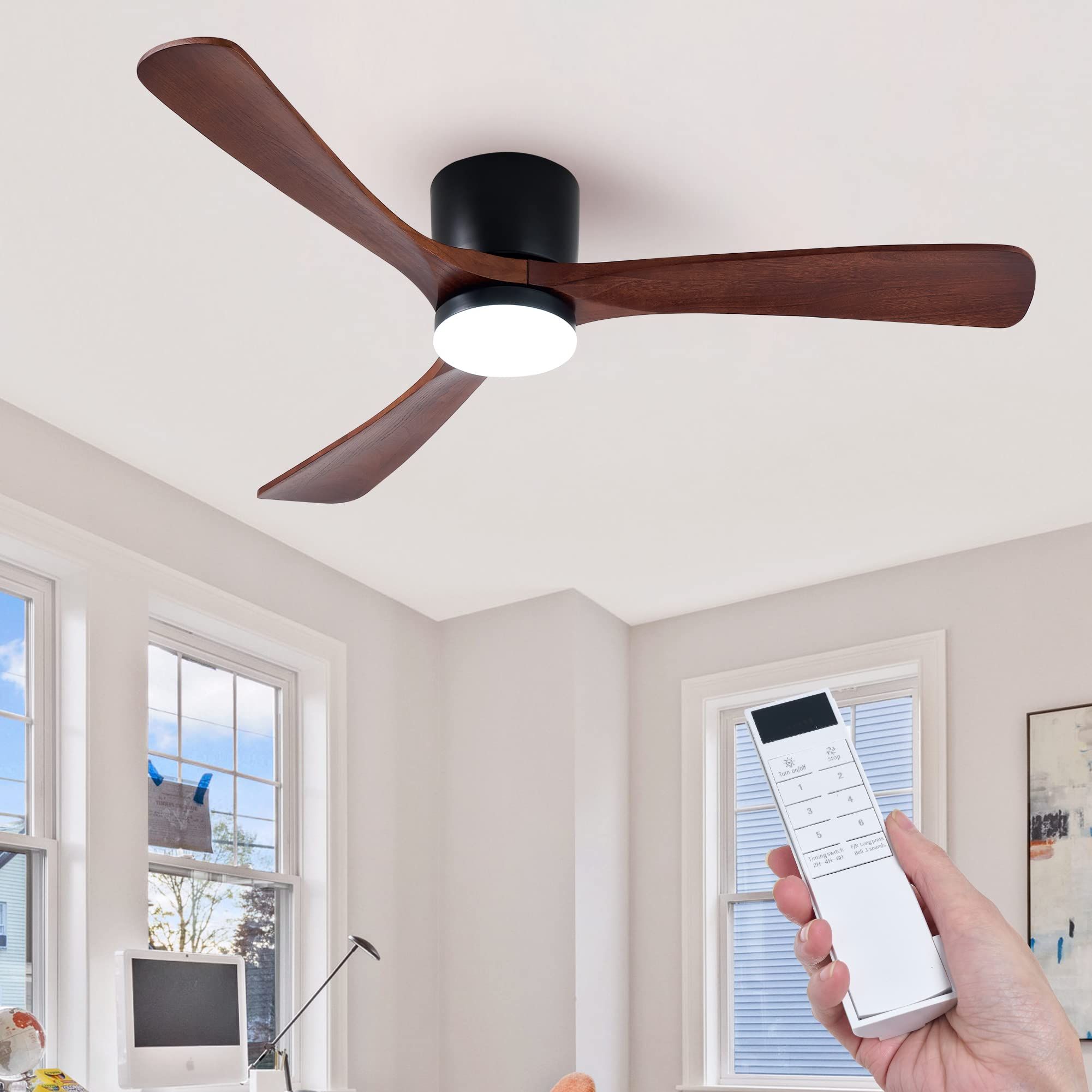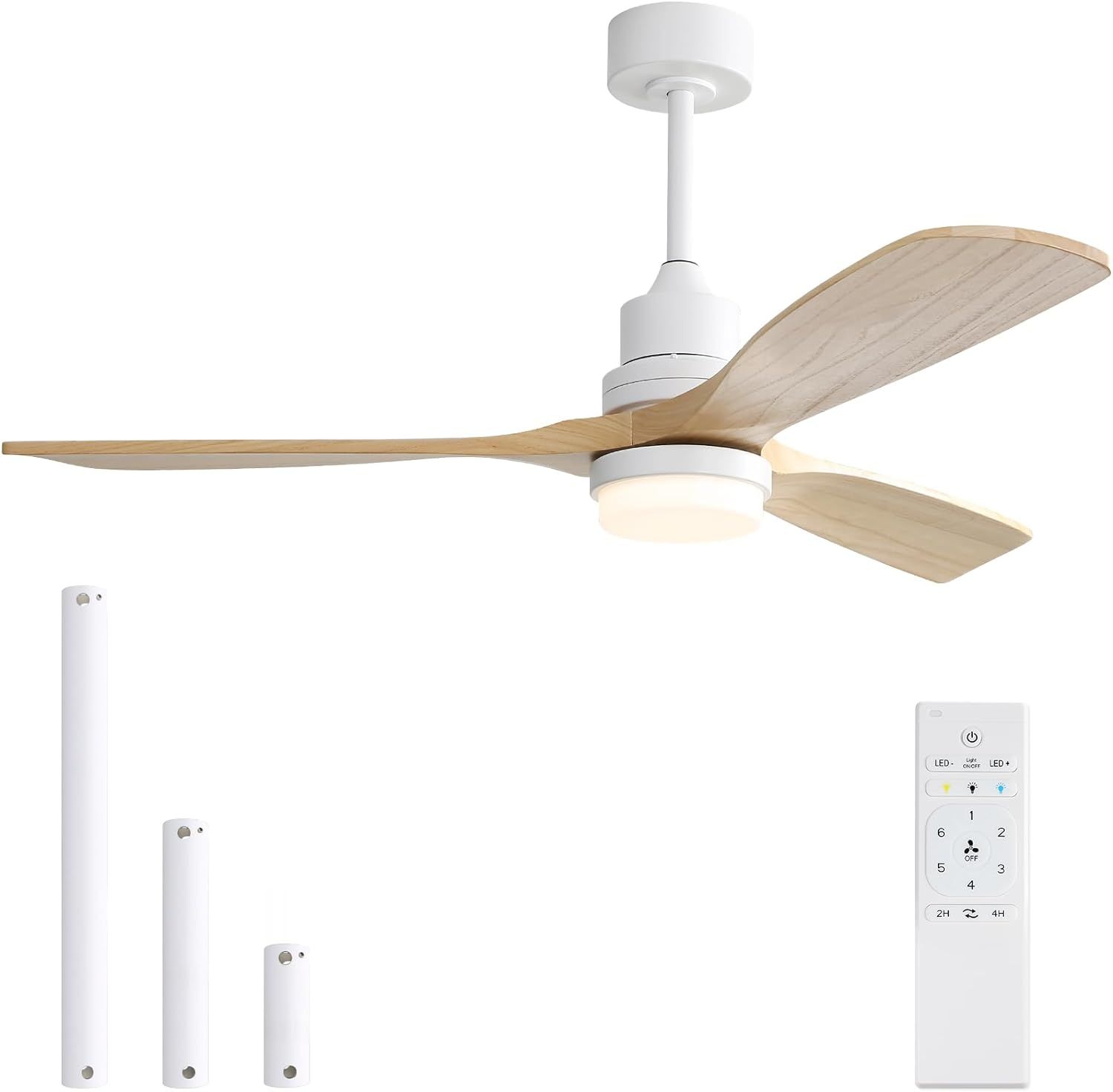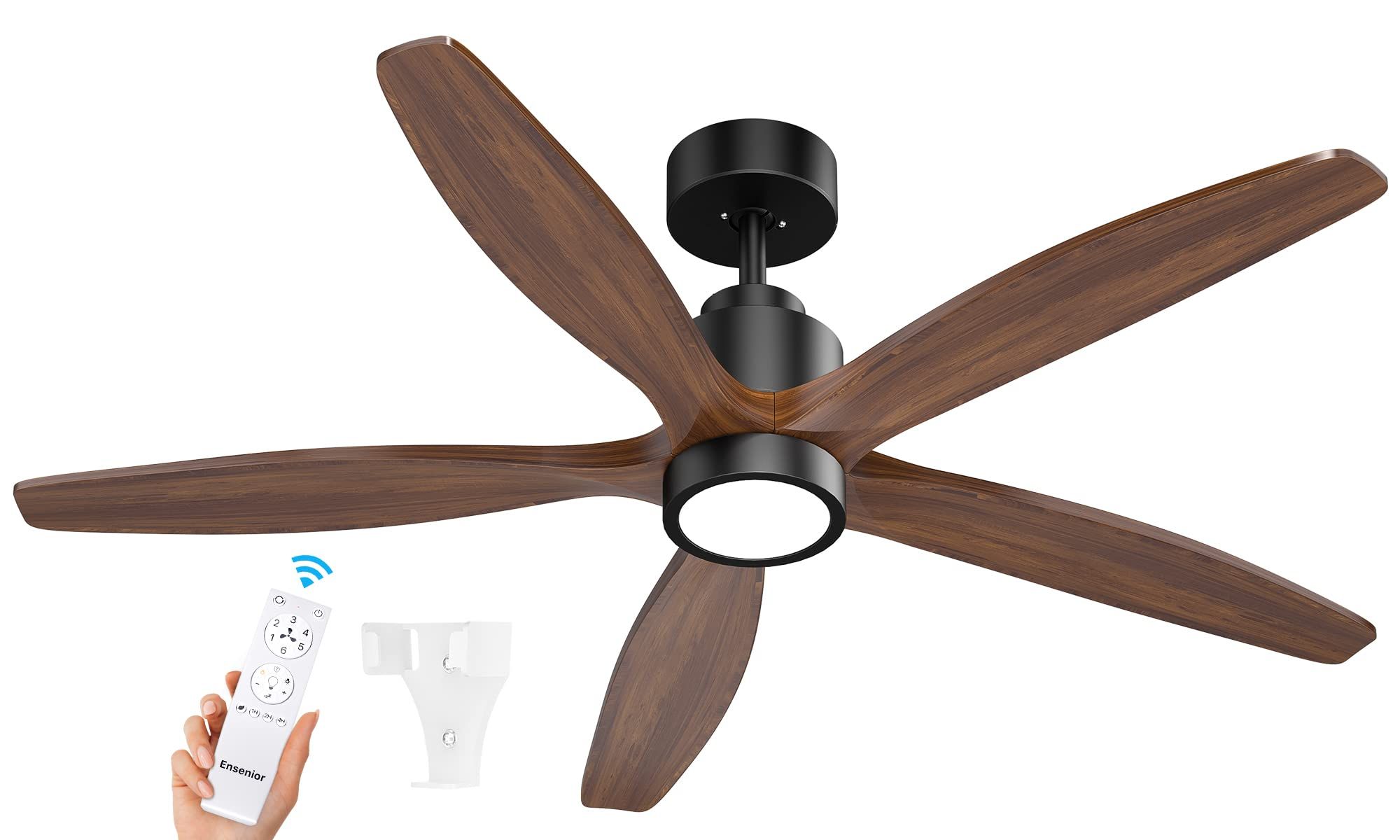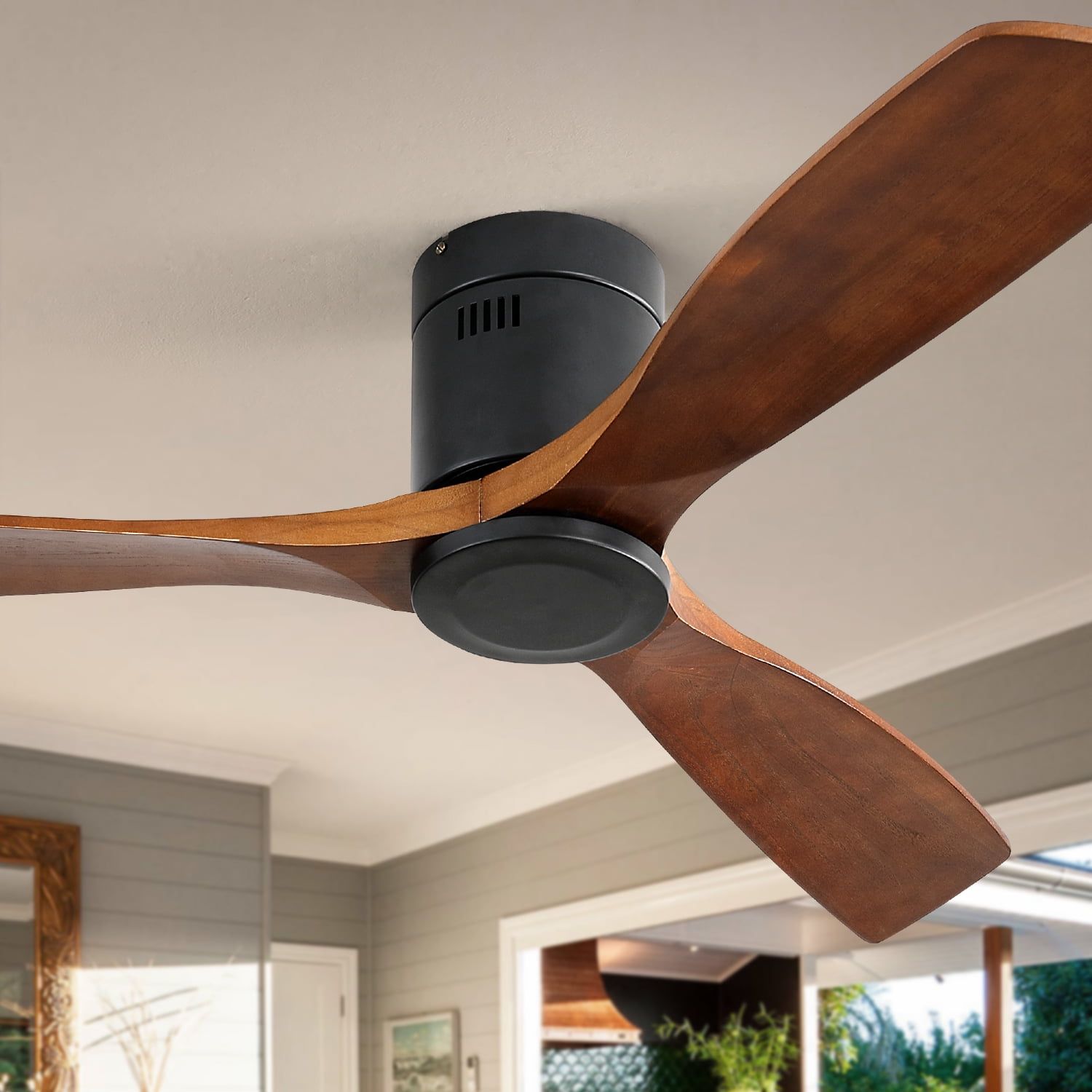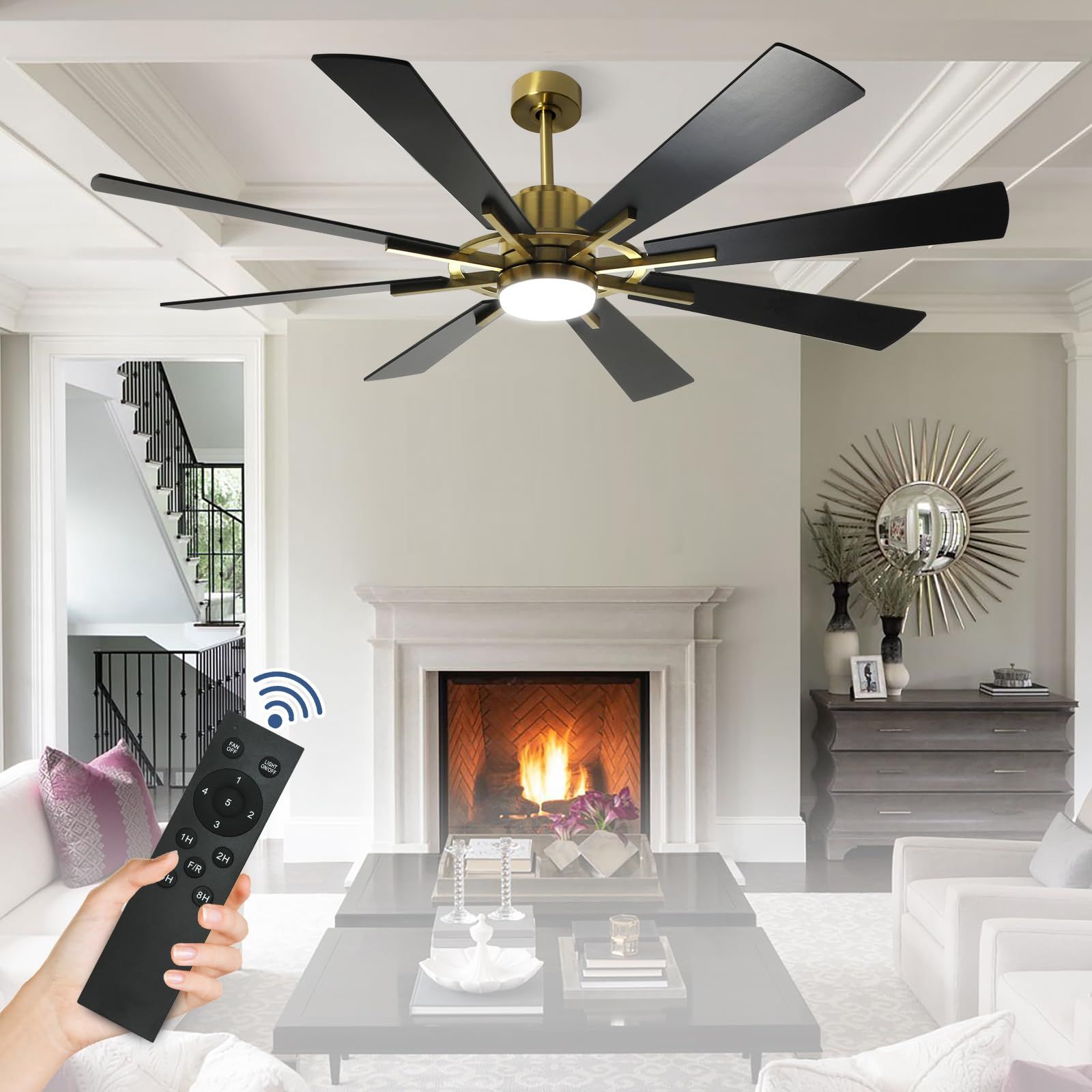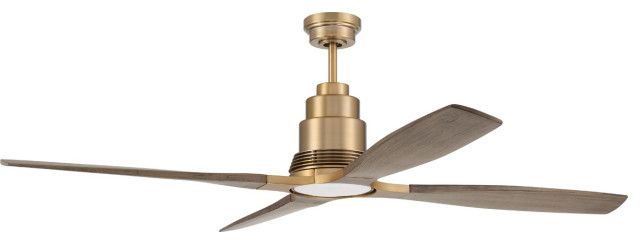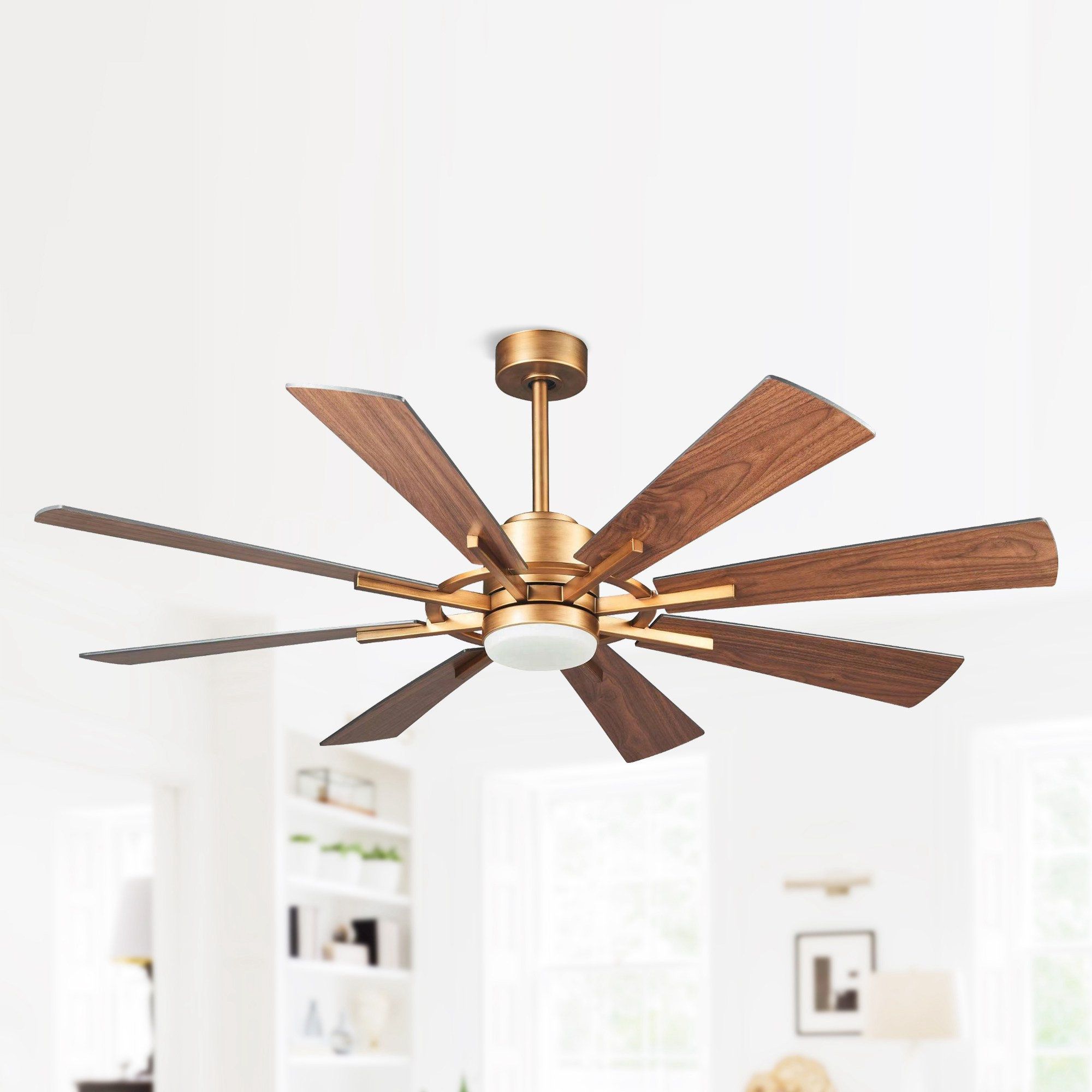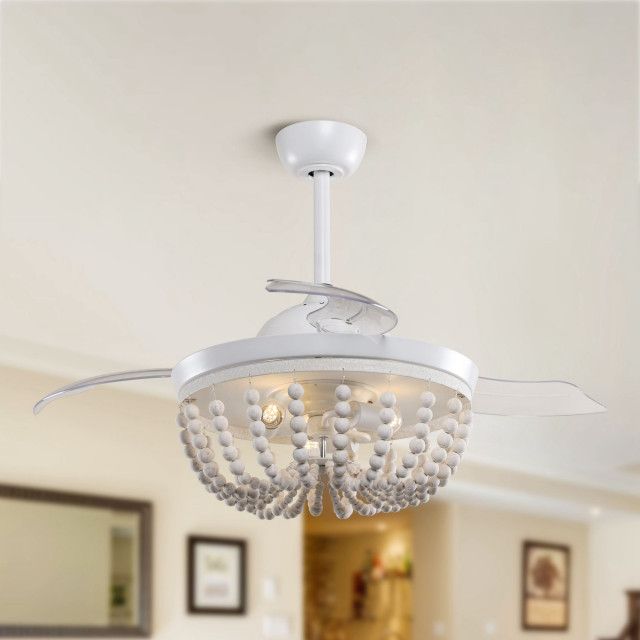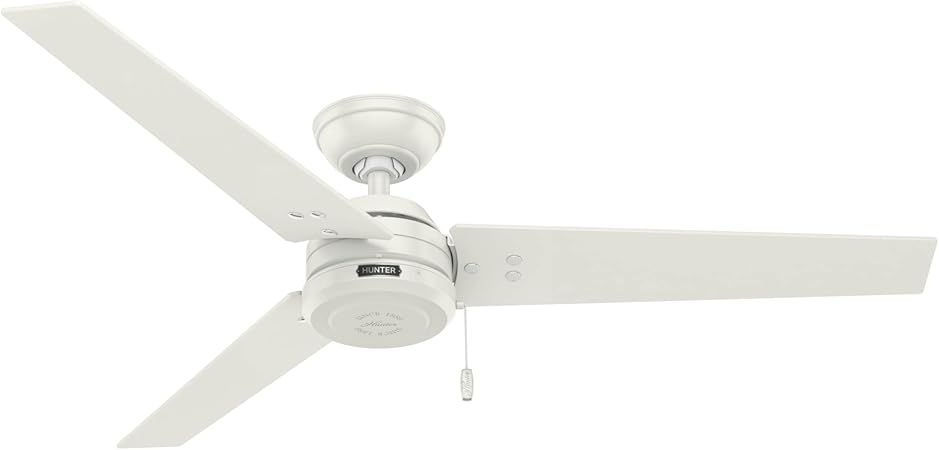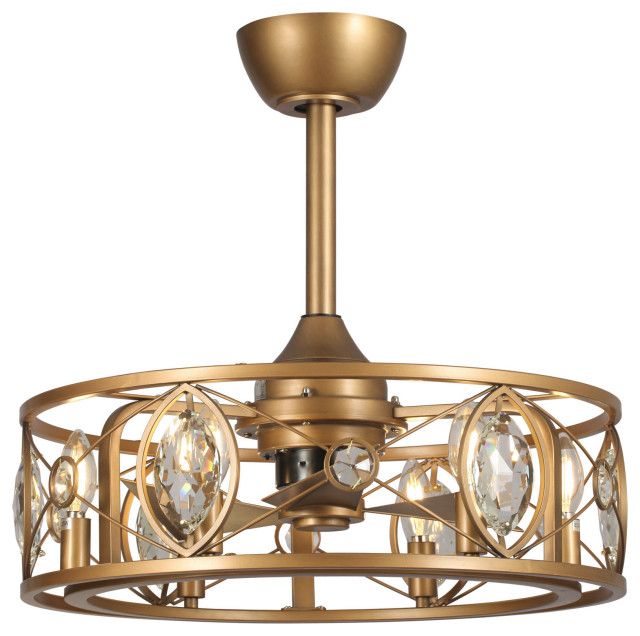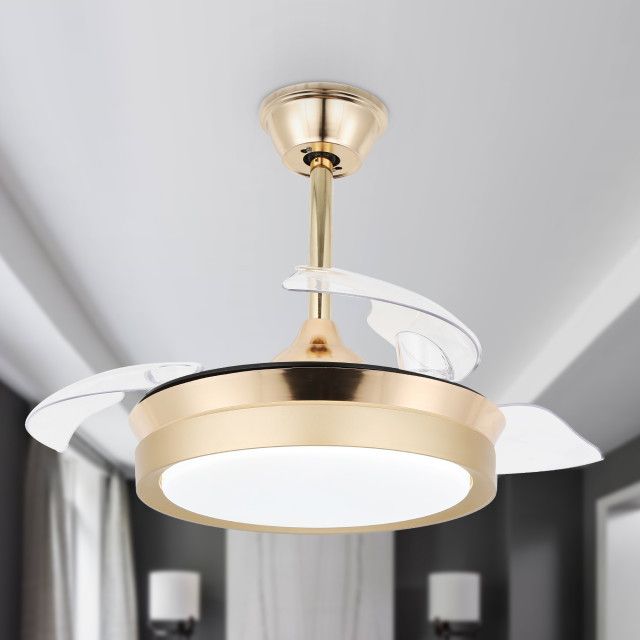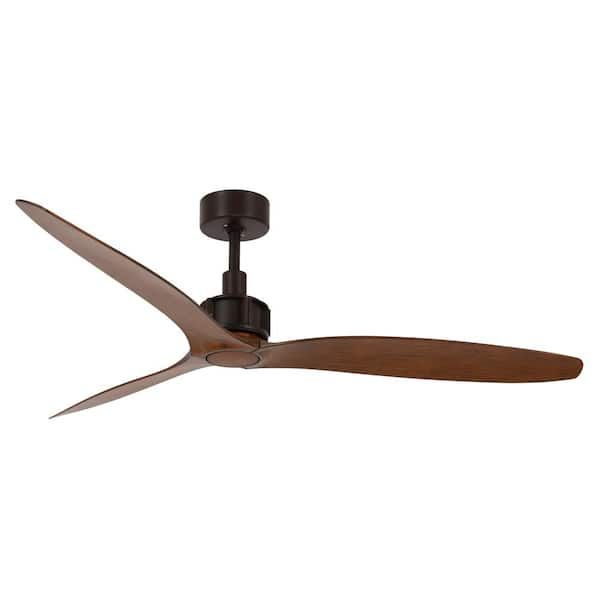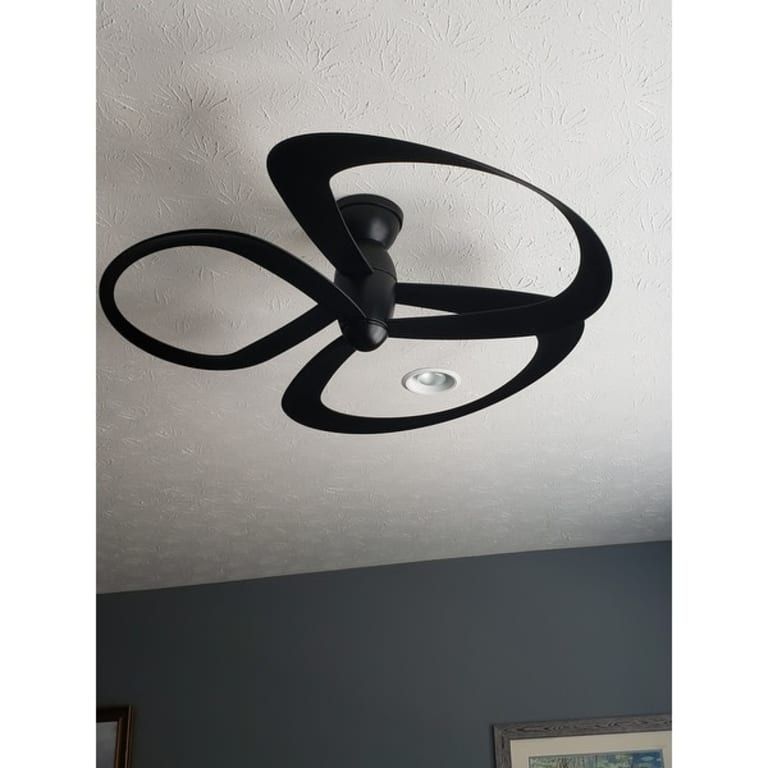Hey everyone, it’s your friendly energy guru here, ready to talk about something we often take for granted: the ceiling fan. These aren’t just decorative items; they’re unsung heroes in the fight against high energy bills. I know, I know, you probably haven’t given them much thought, but trust me, understanding your ceiling fan is a crucial step towards a more energy-efficient home. We’re going to look at how these things work, how they help, and how to get the most out of them. So, buckle up, and let’s get to it.
In a world awash in fancy gadgets and complex systems, sometimes the simplest solutions are the most effective. The ceiling fan is a prime example. It’s a low-tech, relatively inexpensive device that can significantly reduce your energy consumption. When used correctly, they can help you cut down on both your air conditioning and heating costs. This article will break down everything you need to know about your ceiling fan and how to make it work for you. We’ll cover how they work, why they’re useful, and how to use them in different seasons to maximize their effectiveness. Get ready to become a ceiling fan master.
How Ceiling Fans Actually Work (and Why It Matters)
So, what makes a ceiling fan so special? It’s all about the air. Ceiling fans don’t actually cool the air, like an air conditioner does. Instead, they create a breeze that makes you feel cooler. This is because the moving air speeds up the evaporation of sweat from your skin. This evaporation process takes away heat, making you feel refreshed.
Think about it like this: when you step out of a swimming pool on a windy day, you feel cold, even if the air temperature isn’t that low. That’s the same principle at play with a ceiling fan. This is a big deal because it means you can often set your thermostat a few degrees higher in the summer, and still feel comfortable, and that equals big savings on your air conditioning bill. In the winter, fans can be used to push warm air down from the ceiling, where it tends to gather. This helps distribute heat more evenly throughout the room, reducing the need to crank up your furnace. It’s a win-win.
Summer Savings: Making the Most of Your Fan’s Breeze
During the summer months, the key is to set your fan to rotate counter-clockwise (looking up at it). This creates a downward airflow, directly cooling you and your space. You’ll want to run your fan at a higher speed during the day, when the sun is at its peak, and turn it down or off at night, when the air is cooler.
Here’s a pro tip: Pair your ceiling fan with your air conditioning. You can set your thermostat a few degrees higher (e.g., from 72°F to 76°F) and still feel comfortable thanks to the fan. This can lead to significant energy savings. Consider it as a team effort. The AC cools the air, and the fan circulates it efficiently. It’s a match made in energy-saving heaven. And don’t forget to clean your fan blades. Dust buildup reduces efficiency. This one’s often overlooked, but it makes a big difference. Keep those blades clean, and your fan will perform better.
Winter Warmth: Reversing the Rotation for Cozy Comfort
Winter is where the ceiling fan’s versatility really shines. To use your fan for heating, you need to reverse the rotation to clockwise (when you look at it from below). Most fans have a small switch on the motor housing that allows you to easily change the direction. This change causes the fan to pull the cold air up and push the warmer air, which rises to the ceiling, back down. This helps to distribute the heat more evenly throughout the room.
By circulating the warm air that tends to pool near the ceiling, your fan helps keep your entire space at a comfortable temperature. This reduces the amount of time your furnace needs to run, and it can save you money on your heating bills. You can set the fan to a low speed for this function, just to gently circulate the air. It’s all about making the most of the heat you are already paying for. And it’s also a good idea to be sure your windows are sealed properly to keep the warmth in.
Choosing the Right Fan: Size, Features, and Efficiency
When it comes to choosing a ceiling fan, size matters. You want a fan that is appropriately sized for your room. A fan that’s too small won’t move enough air, and a fan that’s too large might be overkill, and could even create too much of a draft. Measure your room and compare it to the manufacturer’s recommendations. You can usually find this information on the product packaging or online.
Consider the features. Some fans come with built-in lights, remote controls, and even smart home integration. Think about what you need and what will make your life easier. And, of course, always look for fans that are Energy Star certified. These fans meet strict energy efficiency guidelines, which means they consume less energy and can save you money over time. Remember to check the fan’s airflow rating – the higher the CFM (cubic feet per minute), the more air it will move. So, shop smart, and choose a fan that fits your needs and your budget.
Installation and Maintenance: Keeping Your Fan in Tip-Top Shape
Proper installation is crucial for both safety and optimal performance. If you’re not comfortable with electrical work, it’s best to hire a qualified electrician. They can ensure the fan is installed correctly and safely.
Once your fan is installed, there are a few simple maintenance tasks to keep it running smoothly. Clean the blades regularly to remove dust and debris. Dust buildup reduces the fan’s efficiency and can also create an annoying humming sound. Tighten any loose screws or bolts periodically. Check the fan’s balance, and make sure the blades are aligned properly. If the fan wobbles, it’s an indication that something is off. You can buy a balancing kit to fix this issue. Following these simple steps will keep your fan running efficiently for years to come. Maintaining your fan is a small investment that can yield big rewards in terms of comfort and savings.
Beyond the Fan: Other Energy-Saving Tips
While ceiling fans are a great starting point, there are other steps you can take to further improve your home’s energy efficiency. Here are a few ideas:
- Upgrade to LED Lighting: LEDs use significantly less energy than incandescent or CFL bulbs. They also last much longer, which means fewer replacements and less waste.
- Seal Air Leaks: Caulk and weatherstrip around windows and doors to prevent drafts. This is a simple and cost-effective way to reduce energy loss and keep your home more comfortable.
- Insulate Your Home: Proper insulation in your attic, walls, and floors helps to prevent heat loss in the winter and heat gain in the summer.
- Use Smart Thermostats: These thermostats allow you to program your heating and cooling schedules, automatically adjusting the temperature to save energy when you’re not home.
- Unplug Electronics: Many electronics continue to draw power even when they are turned off (vampire power). Unplugging these devices, or using power strips to turn them off completely, can save you money.
By combining these tips with the smart use of your ceiling fans, you can create a truly energy-efficient home, and you will be helping the environment, as well. It’s a win-win.
So, there you have it: the lowdown on ceiling fans. They’re much more than just decorative items; they are powerful tools in your energy-saving arsenal. By understanding how they work, using them correctly in different seasons, and maintaining them properly, you can significantly reduce your energy consumption and lower your bills. Remember to choose the right fan for your space, consider its features, and don’t forget those Energy Star ratings. And don’t hesitate to pair your fan with other energy-saving strategies, like upgrading your lighting and sealing those air leaks. It’s all about creating a comfortable, and efficient home. Start harnessing the power of the breeze, and enjoy the savings. Thanks for tuning in, and until next time, stay cool, and keep saving energy.
